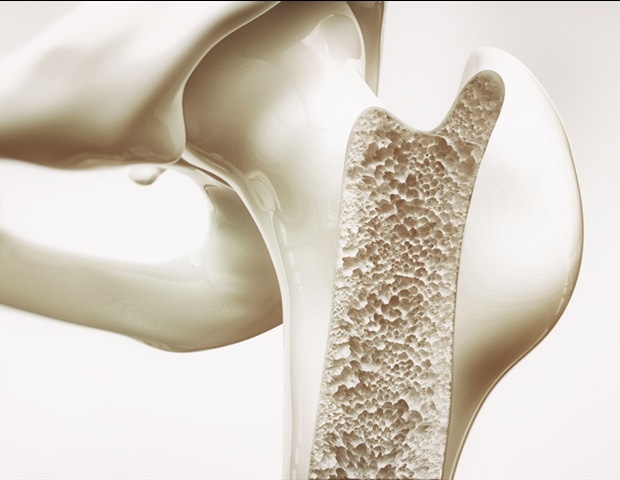
A groundbreaking study published in the July 2025 issue of Aging (Aging-US) has unveiled a fascinating link between young human blood serum and bone marrow in the pursuit of skin rejuvenation. Led by Johanna Ritter and Elke Grönniger from Beiersdorf AG, this research suggests that while young blood serum components can restore youthful properties to skin, their effects are significantly amplified when bone marrow cells are also present.
The research, prominently featured on the cover of the journal, delves into the systemic factors within young human serum that influence the responses of human skin and bone marrow-derived blood cells. The study’s findings could pave the way for innovative strategies to slow or even reverse visible signs of aging, offering a fresh perspective on skin health.
The Role of Bone Marrow in Skin Rejuvenation
The study utilized an advanced microphysiological co-culture system that mimics human circulation, connecting a 3D skin model with a 3D bone marrow model. This setup allowed researchers to observe the interactions between young human serum and bone marrow cells. The results were clear: young serum alone could not rejuvenate skin. However, in the presence of bone marrow cells, these serum factors altered cell activity, leading to the secretion of proteins that rejuvenated skin tissue.
“Interestingly, we detected a significant increase in Ki67 positive cells in the dynamic skin model co-cultured with BM model and young serum compared to the model co-cultured with BM and old serum, indicating an improved regenerative capacity of the tissue.”
Understanding the Mechanism
Detailed analysis revealed that young serum stimulated bone marrow to produce a group of 55 proteins, seven of which demonstrated the ability to enhance cell renewal and collagen production, key features of youthful skin. These proteins also improved cellular energy production and reduced signs of aging. This interaction between skin and bone marrow cells was crucial for the rejuvenating effects, highlighting the importance of bone marrow-derived cells as messengers that translate blood signals into tissue responses.
This discovery echoes earlier experiments in mice, where shared blood supplies between young and old animals led to rejuvenation across organs. The study suggests that bone marrow-derived cells are essential in transforming signals from blood into effects on other tissues, including the skin.
Implications for Regenerative Medicine
While the findings are preclinical, they offer a promising starting point for new strategies in regenerative medicine and skincare. By identifying specific proteins that may carry rejuvenating signals, this research points to novel methods for addressing age-related changes. However, researchers caution that further studies are necessary to confirm these effects in humans and to explore how these proteins can be safely and effectively applied in future therapies.
According to the researchers, “This study is an important step in understanding how young blood serum factors influence human tissue and could guide the development of novel methods to maintain healthier skin as people age.”
Looking Forward
The potential applications of this research are vast, from developing new anti-aging skincare products to creating therapies that could mitigate age-related tissue degeneration. The study’s insights into the role of bone marrow in skin health could revolutionize how we approach aging, offering hope for more effective interventions in the future.
As the scientific community continues to explore the complexities of aging, this study serves as a reminder of the intricate interplay between different bodily systems and the potential for groundbreaking discoveries that could improve quality of life as we age.







